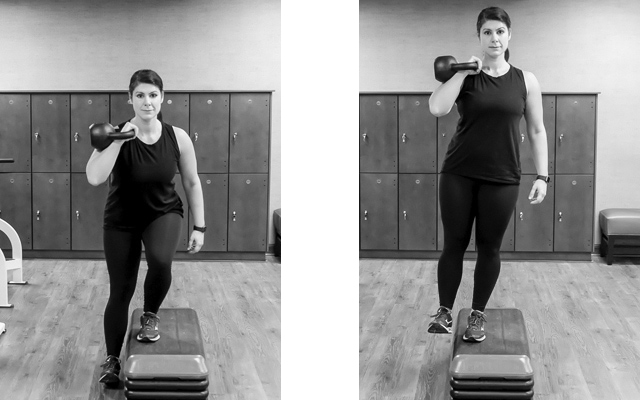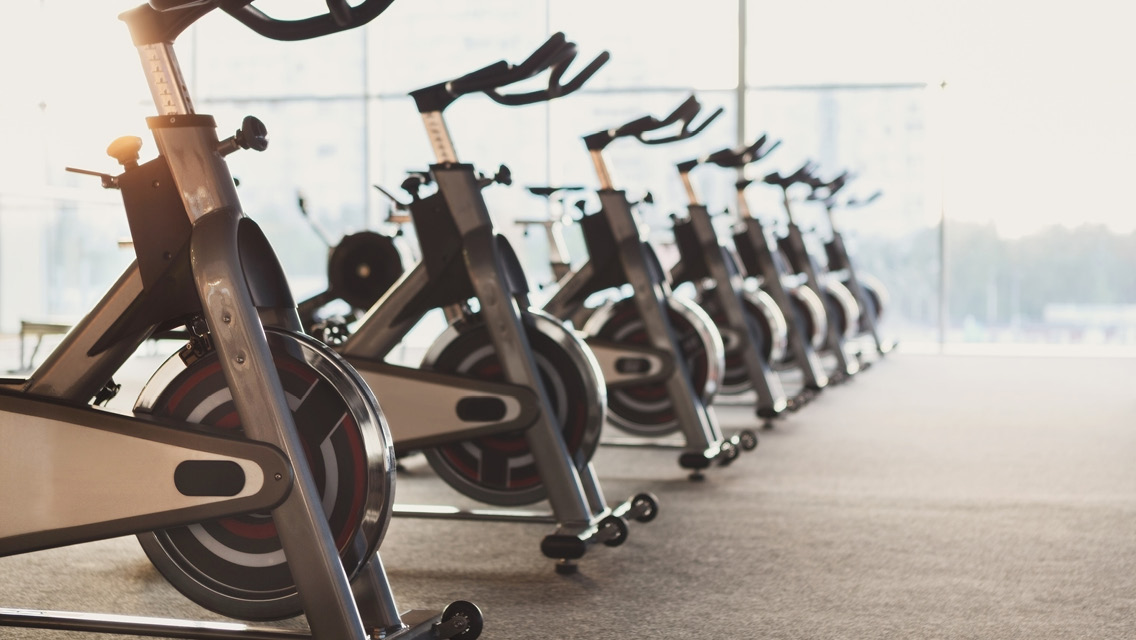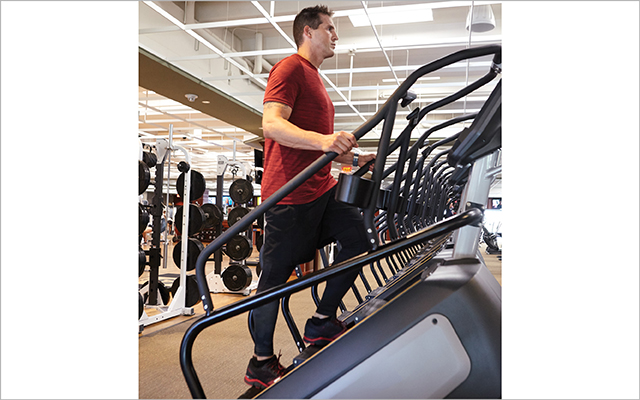For about 18 months in my mid-20s, I was glued to a treadmill — My Treadmill.
It was perfectly positioned near a pillar in a small gym in D.C., where I lived at the time. Every evening after work, I claimed my spot, which was perfect for so many reasons.
I knew how to use My Treadmill. It gave me a wide view of the cramped, windowless space. It was almost never being used by anyone else.
And thanks to the pillar, I was mostly hidden, out of view from other gym-goers as I walked, ran, climbed artificial hills, and stretched against the handholds.
On My Treadmill, I trained for two half-marathons and a hilly 10-miler.
I felt fit, safe, and successful, and I had no reason to venture into any other area of the gym. I arrived with my head down and walked out with my head down an hour or two later.
That is, until I hurt my knee during a race and my doctor told me to steer clear of My Treadmill — and really all treadmills — until I healed up.
Now, the gym world was my oyster: It was full of nontreadmill options to help me build strength and endurance while healing. But I felt defeated and stuck.
Not knowing where to turn on my own, I found a coach and ventured away from the cardio equipment. I had no idea at the time, but among the barbells and kettlebells, squat racks and lifting platforms, I would discover a new level of fitness — as well as the confidence to walk freely and comfortably through any gym space.
Variability in a routine, I’ve learned over the years since then, lends itself to building functional fitness and physical resiliency. Adding some strength sessions can improve your running form and speed, for instance. Climbing the stepmill can improve cardiovascular endurance and balance out a weight-training routine. And mobility work can make everything else you do, in and out of the gym, better.
The physical benefits of variability extend to the psychological, too. Mixing things up, even if for the sheer pleasure of moving in a new way, can help strengthen your motivation and promote consistency in your go-to routine. And playing with new fitness “toys” can engage your brain and body in novel ways.
Venturing out of my comfort zone boosted my confidence in my body’s ability to do things, as well as in how I occupy space in the world. (For a confidence-building guide to help you expand your workout options, check out “Your Guide to Navigating the Fitness Floor”.)
These days, I enjoy trying new classes and equipment. I love visiting new gyms, especially when I travel.
My day-to-day programming includes different tools and requires me to enter different spaces on the fitness floor on a regular basis. I don’t have a treadmill I gravitate to. I don’t have a pillar to hide behind.
More importantly, I don’t need or want one.
Every once in a while, I’ll notice that I’m exposed, or surrounded by people I perceive as fit and confident as I try something new or nontraditional. A decade ago that would’ve stopped me in my tracks. It would have been overwhelming to imagine myself on display while also working hard. I would’ve walked out with my head down without doing a single rep.
It would be a lie to say I never feel overwhelmed now. I suppose it’s human — at least in the way we modern humans are often conditioned — to become flustered when we imagine looking silly or foolish, especially when our physical bodies are on the line.
But whereas I once kept my head down, I now have enough experience and confidence to lift my gaze and remind myself that I am safe. That probably no one is looking at me. That even if they are, I probably don’t look silly. And if I do look silly . . . well, what’s so bad about that? I can laugh at myself, still get my workout in, and walk out of the gym an hour or two later — with my head held high.



This Post Has 0 Comments